What Is FPV Drone Flying?
FPV flying is the ability to control a drone or model aircraft from a pilot’s eye perspective through the use of an onboard camera and ground-based receiving and viewing equipment (Usually a smart device, or a set of video goggles. )
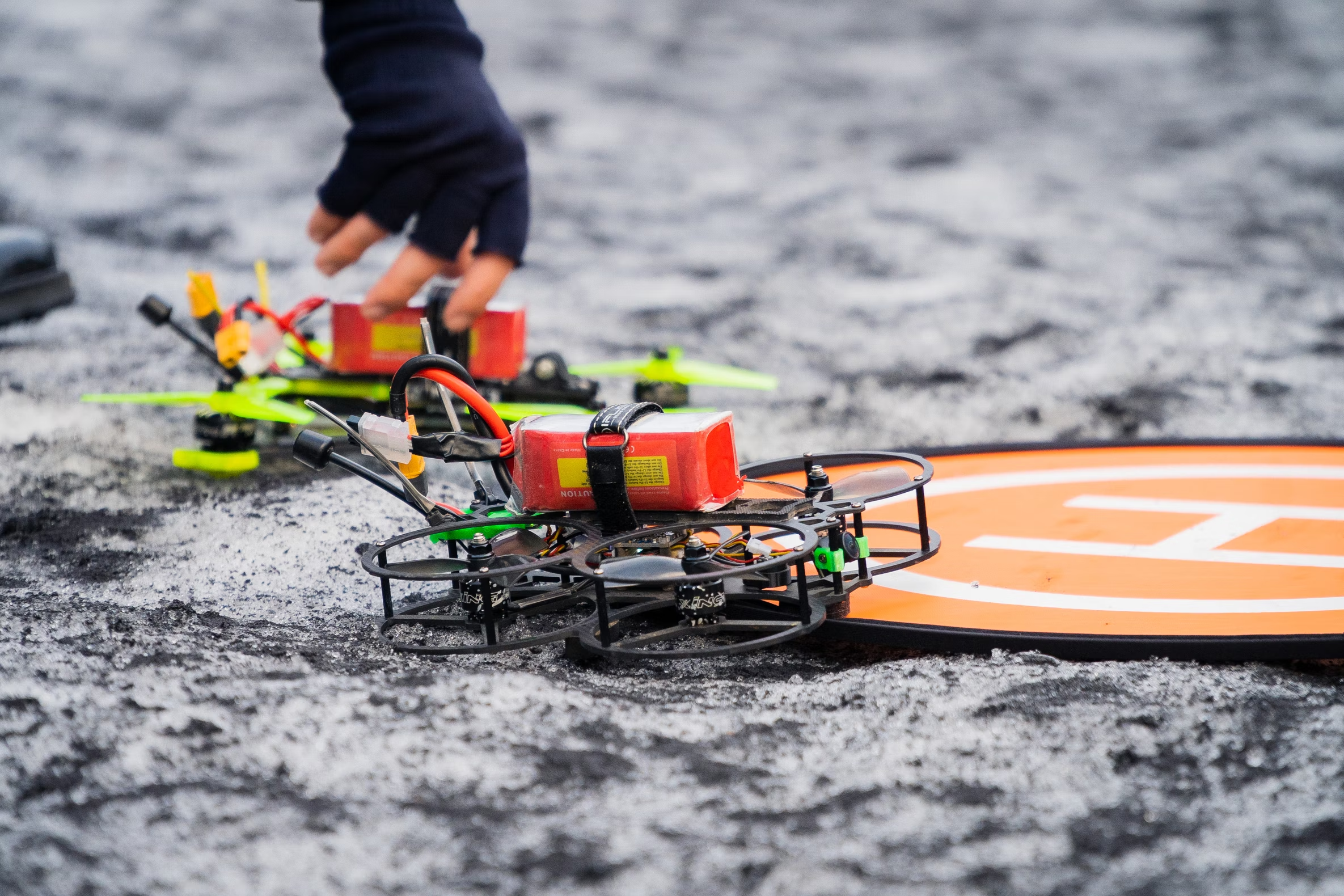
Is FPV Legal In The UK?
You will be glad to hear FPV drone flying is legal in the UK, however; you must be sure to follow certain rules. Currently, all FPV pilots need a competent observer as part of the permission.
Under the latest drone laws - starting on December 31, 2020 - FPV flights can be conducted in the Open and Specific categories.
Interestingly, under Article 16 Operational Authorisation; association members of drone and model aircraft clubs will be afforded greater flexibility for FPV flights and drone racing.
FPV Laws in the UK
New drone laws started in the UK, and throughout Europe, on December 31, 2020.
But these changes have not had a huge impact on FPV flying.
As part of the rule changes, three categories have been introduced based on the risk level of the mission: these are known as the Open, Specific, and Certified Category.
When it comes to the Open Category (for the least risky operations), the new regulations will allow FPV pilots to fly without keeping direct eye contact with the drone - provided they are accompanied by an observer, keeping direct visual contact with the drone.
Note: The observer must not use aided vision, such as binoculars, to keep tabs on the aircraft. (However, in emergency situations, such as the need to perform an emergency landing away from the remote pilot’s position, binoculars may be used to assist the pilot in safely performing the landing.)
The drone should not exceed 400ft and rules about flying close to people will vary depending on which subcategory of the Open category you are flying in. (Depending on the weight of the aircraft. )
For more information regarding the latest UK Drone Regulations check out our free Downloadable PDF here.
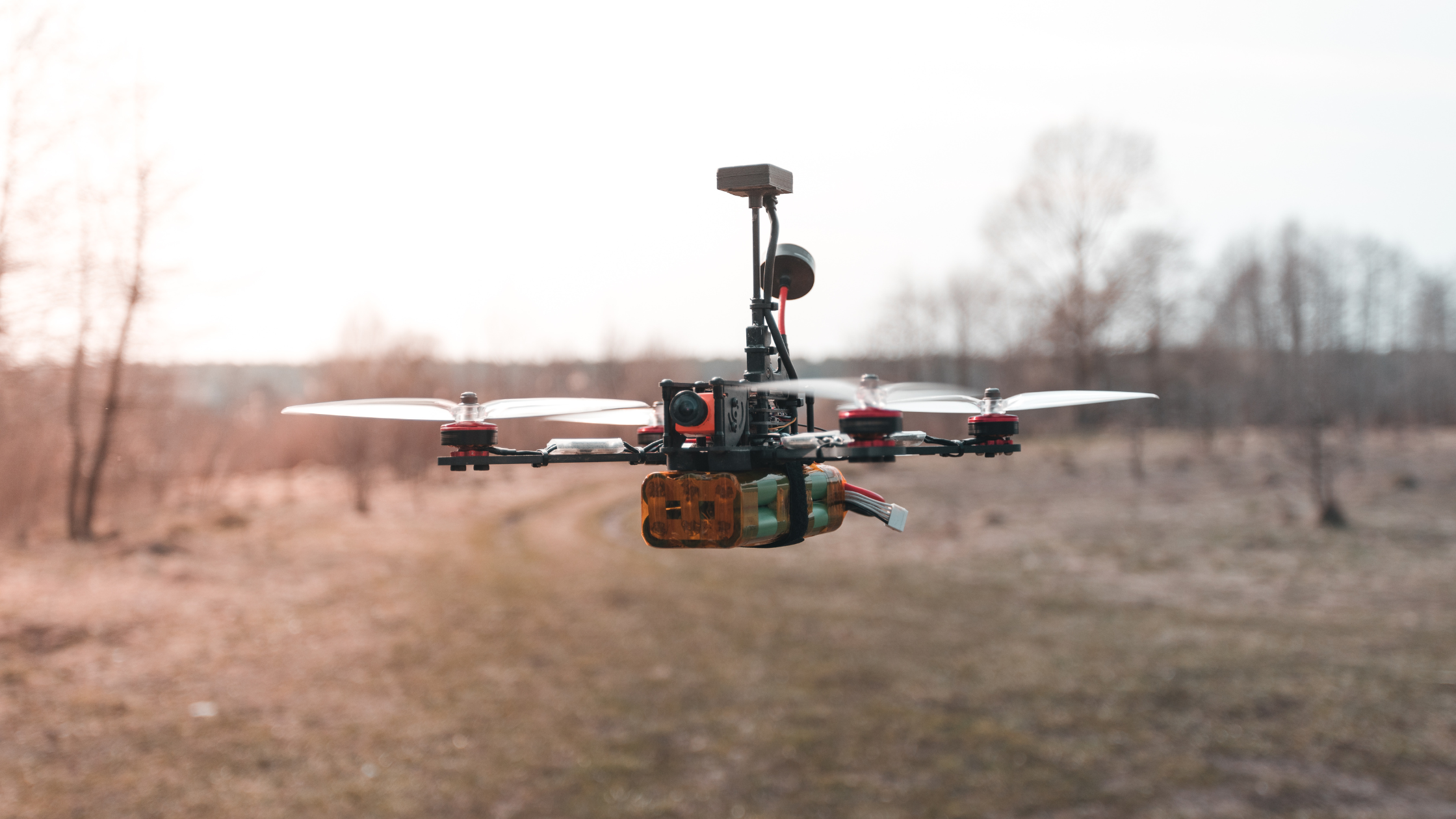
FPV pilots will also be able to operate in the Specific category. This permits the use of an observer next to the remote pilot under the terms of the new UKPDRA01.
In this situation…
- The drone must weigh less than 25kg and cannot exceed 500 metres horizontally from the remote pilot
- Maximum height not to exceed 400 feet above the surface
- Flight permitted within 150 metres of any Residential, Commercial, Industrial or Recreational Area for UAS.
- No flight within 50 metres of any uninvolved person, except that during take-off and landing this distance may be reduced to 30 metres.
- No flight within FRZs unless permitted by the relevant aerodrome
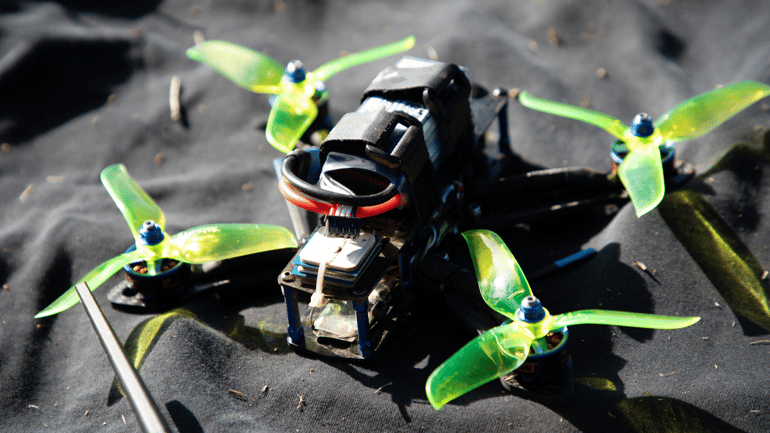
FPV Rules For Association Members
As we mentioned earlier, thanks to the release of Article 16 Operational Authorisation – UAS 7068: association members of drone and model aircraft clubs are afforded greater flexibility for their FPV flights and drone racing.
The following UK Model Aircraft Associations have been issued this Operational Authorisation…
Members of these associations can fly under the permissions of this particular Operational Authorisation.
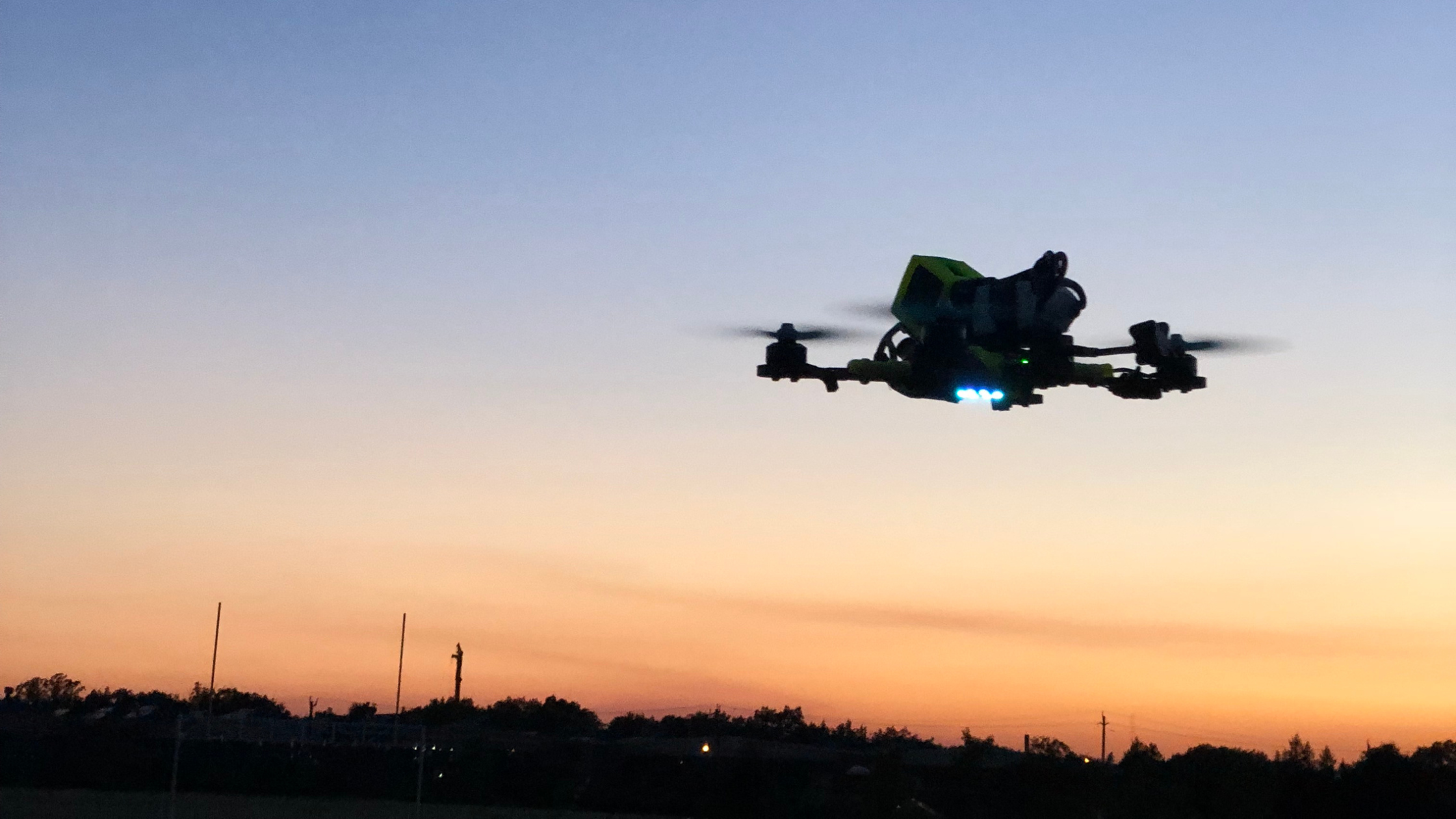
In a nutshell, it will enable some FPV operators to:
- Fly FPV without a competent observer for each drone – in a sterile area (such as a race location);
- Fly higher than 400ft (except multirotor);
- Fly to a distance of 30m from uninvolved people.
The following are the two conditions FPV operators can adhere to when flying under Article 16 Operational Authorisation.
Condition A -
The aircraft must be flown in accordance with all the following conditions…
- Within a sterile area - meaning a cordoned off, closed area that uninvolved persons are excluded from;
- The aircraft is not flown at a height in excess of 160 feet (50 metres) from the surface
- In accordance with procedures specifically set out for the purpose of the event, and in accordance with instruction from the race director or other nominated person, including any ‘terminate race and land immediately’ instruction
- Any observers are suitably briefed and aware of their responsibilities, including the monitoring of people or aircraft entering the cordoned-off area.
Or
Condition B -
The aircraft is flown in accordance with all of the following conditions:
1: The remote pilot is accompanied by a competent observer who maintains direct unaided visual contact with the unmanned aircraft sufficient to monitor its flight path in relation to other aircraft, persons, vehicles, vessels and structures for the purpose of avoiding collisions and advises the remote pilot accordingly;
2: The MTOM of the aircraft does not exceed 3.5Kg;
3: The aircraft is not flown within an aerodrome FRZ, unless appropriate permission has been obtained;
4: At a height of more than 1,000ft above the surface, unless it is a rotorcraft with more than one lift generating rotor or propeller in which case the height shall not exceed 400ft above the surface; unless within an area as set out in section 3.7 ( Click here to read the full section)
5: Over or within 150m of any assemblies of people (gatherings where persons are unable to move away due to the density of the people present)
6: Within 50m of any vessel, vehicle or structure which is not under the control of the remote pilot
7: Within the minimum distances set out in section 3.11 ( Click here to read the full section)
Summary
FPV flying certainly is an adrenaline-fuelled way to operate your drone and the great news is that it is legal in the UK, but pilots must be aware of the rules and regulations to follow.
Hopefully, this little guide on the regulations has helped you to break down and understand the UK laws.
- So fly safe and enjoy the fun of FPV drone flying!

